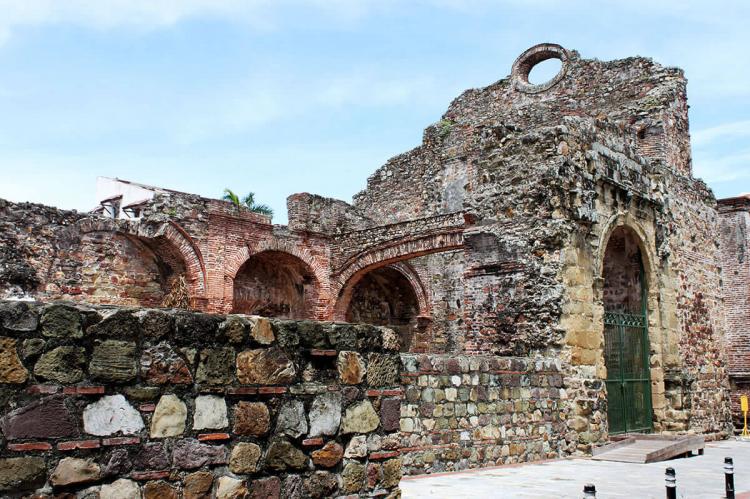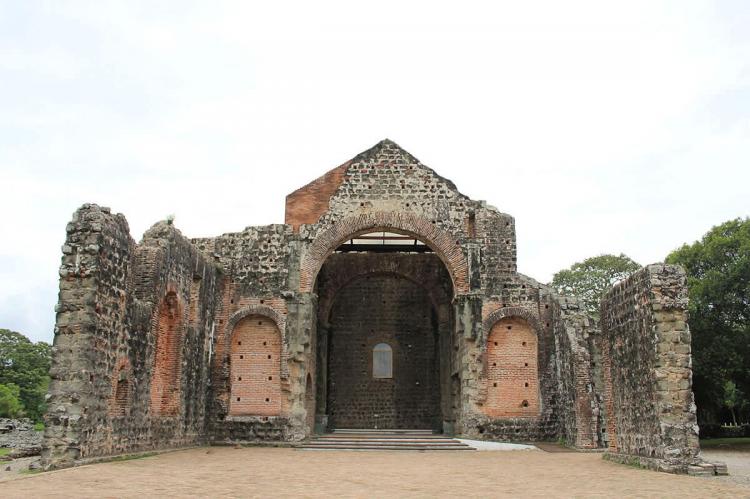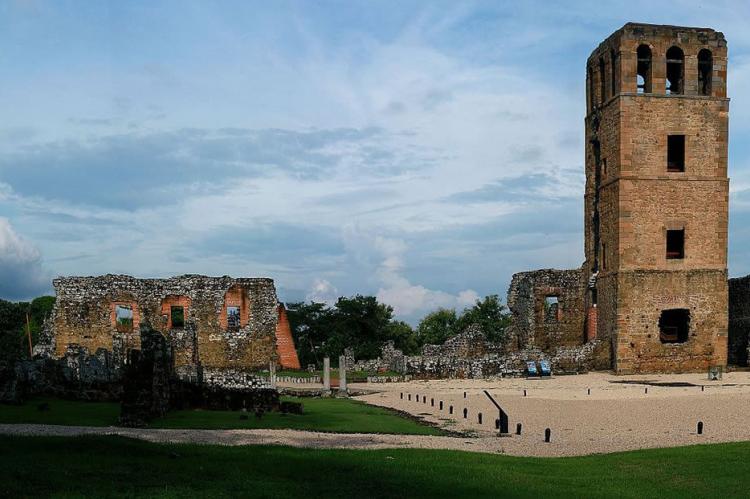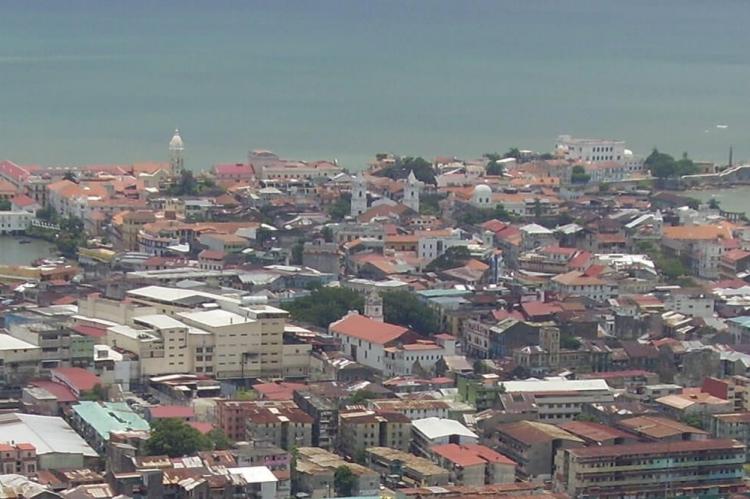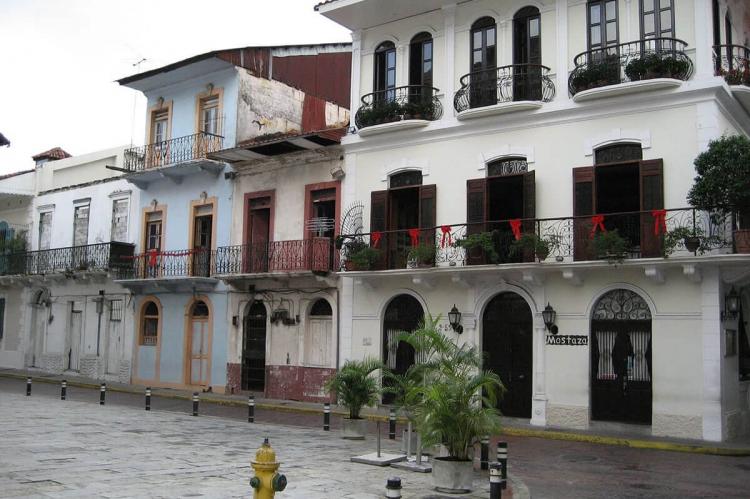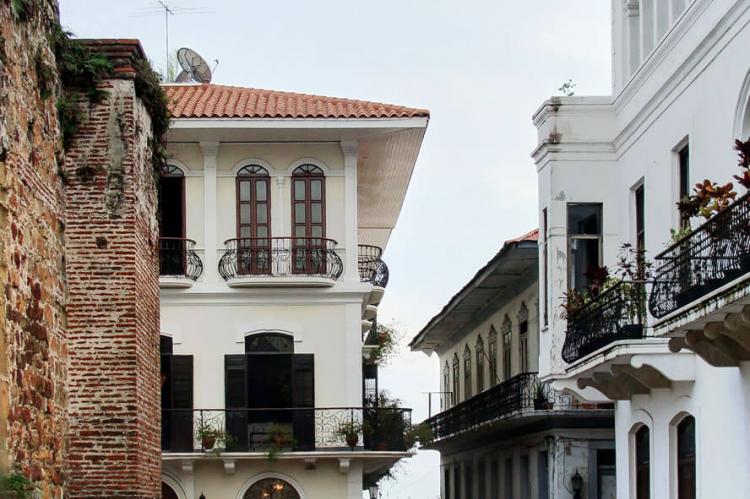Panamá Viejo and Casco Antiguo: The Colonial Foundations of Modern Panama
Panamá Viejo, founded in 1519, is a testament to Panama's rich colonial history. It is the oldest continuously occupied European settlement on the Pacific coast of the Americas. Together with the Historic District of Panama, Casco Antiguo, it forms a UNESCO World Heritage Site.
Archaeological Site of Panamá Viejo: A Glimpse into Panama's Colonial Past
The Archaeological Site of Panamá Viejo is an enduring testament to Panama's rich colonial history and its role in Spanish imperial expansion. Founded in 1519 by Spanish settlers, it is the oldest continuously occupied European settlement on the Pacific coast of the Americas. Panamá Viejo retains its historical significance as the foundation of modern Panama City despite enduring natural disasters, pirate attacks, and relocation. Together with the Historic District of Panama, Casco Antigua, it forms a UNESCO World Heritage Site, preserving the remnants of Panama's early colonial architecture and urban planning.
The Historical Context of Panamá Viejo
Panamá Viejo, established initially as Castilla del Oro, was founded after the Spanish discovery of the South Sea in 1513. This event marked a turning point for Spanish ambitions in the Americas, making Panamá Viejo a vital hub for exploration, trade, and colonial administration. Throughout the 16th and 17th centuries, Panama became a crucial transit point for wealth extracted from South America, particularly gold and silver bound for Spain.
The strategic location of Panamá Viejo, combined with its status as a Royal Court of Justice seat, cemented its importance in the Spanish Empire. Its economic role is reflected in the imposing stone structures that once adorned the city, including public and religious buildings that were architectural feats of the time.
However, the city faced numerous challenges during its 152 years of existence. It was repeatedly affected by fires, earthquakes, and slave rebellions, but the most devastating event occurred in 1671 when English pirate Henry Morgan sacked and burned the city. Panamá Viejo was abandoned following this attack, and the town was relocated to a more defensible location.
Archaeological Remains of Panamá Viejo
Panamá Viejo's ruins, covering 32 hectares (79 acres), now lie in the suburbs of modern Panama City. As an archaeological site, it provides invaluable insights into the Spanish colonial period's urban layout, architecture, and social life. Since it was never rebuilt after its destruction, Panamá Viejo preserves its original layout, featuring a rudimentary grid pattern with blocks of various sizes. Archaeological evidence has uncovered details of the original street network and the location of domestic, religious, and civic structures.
The remains of Panamá Viejo are considered an exceptional example of early colonial town planning in the Americas. The ruins of its cathedral, convents, and public buildings showcase the time's technological and stylistic features. Although the city's layout was simple by later standards, it reveals the strategic considerations of the Spanish settlers, who were working to establish a foothold on the Pacific coast.
In addition to colonial architecture, the site contains evidence of pre-Columbian Cuevan occupation, a testament to the region's long history of human settlement. These findings contribute to the broader narrative of Panama's historical development, blending indigenous and colonial histories.
The Historic District of Panamá (Casco Antiguo)
Following the destruction of Panamá Viejo in 1673, the city was moved approximately 7.5 kilometers (4.7 miles) southeast to a small peninsula at the base of Ancón Hill. This new site, Casco Antiguo or the Historic District of Panama, offered better access to fresh water and enhanced defenses against potential attacks. Military engineers used the natural terrain to construct fortified walls around the city, preventing naval assaults and securing the city's position as a colonial stronghold.
The relocated town was designed with an orthogonal layout, including a central plaza and streets of varying widths. Outside the fortified walls, the suburb of Santa Ana developed with a more irregular layout. The Historic District also features a mix of architectural styles, reflecting the evolution of Panama City from its colonial origins through the 19th and early 20th centuries.
The construction of the Panama Canal in the early 20th century significantly impacted the development of Casco Antiguo and its surroundings. This monumental engineering project transformed Panama into a global crossroads, influencing the region's economic and cultural trajectory. The Historic District's rich colonial heritage became intertwined with the broader narrative of Panama's modernization and international prominence.
Architectural and Cultural Significance of the Historic District
Casco Antiguo is home to several exceptional examples of colonial and post-colonial architecture. Among the most notable buildings is the Casa Góngora, a mid-18th-century structure that exemplifies colonial domestic architecture. The district also includes hundreds of houses built between the mid-19th and early 20th centuries, showcasing the transformation of living spaces from colonial times to modernity.
One of the district's most historically significant sites is the Salón Bolívar, originally part of the Convent of San Francisco. This hall was the location of the ill-fated congress convened by Simón Bolívar in 1826, which sought to establish a multinational and continental union of Latin American republics. Although the congress ultimately failed, the Salón Bolívar remains an important symbol of the region's early aspirations for unity and independence.
The district's layout, influenced by Renaissance town planning principles, features a central plaza surrounded by smaller plazas and a grid of streets with varying widths. This unique combination of urban planning and fortification makes Casco Antiguo an exceptional example of 17th-century colonial design.
Religious and Public Buildings
Casco Antiguo is home to various important religious and public buildings, many of which have been preserved as part of Panama's cultural heritage. Notable among these are the churches of San Felipe Neri, San José, San Francisco, and La Merced, each with distinct architectural features. La Merced, for example, retains its original colonial timber roof, offering a rare glimpse into the construction techniques of the period.
In addition to religious structures, the district contains several key public buildings, such as the Presidential Palace, which has undergone several reconstructions since its initial construction in the late 17th century. Other notable buildings include the House of the Municipality, the Canal Museum, and the National Theater, which reflects the district's evolving architectural styles and civic functions from colonial times through the modern era.
Conclusion
The Archaeological Site of Panamá Viejo and the Historic District of Panama comprise a comprehensive record of Panama's colonial past and transformation into a modern city. While the ruins of Panamá Viejo offer a window into the early colonial era and the challenges faced by the first European settlers on the Pacific coast, Casco Antiguo stands as a living example of how Panama evolved into a fortified, strategically important city. Both sites provide a rich narrative of Panama's social, political, and architectural history, contributing to our understanding of Spanish imperialism and its long-lasting impact on the Americas.
